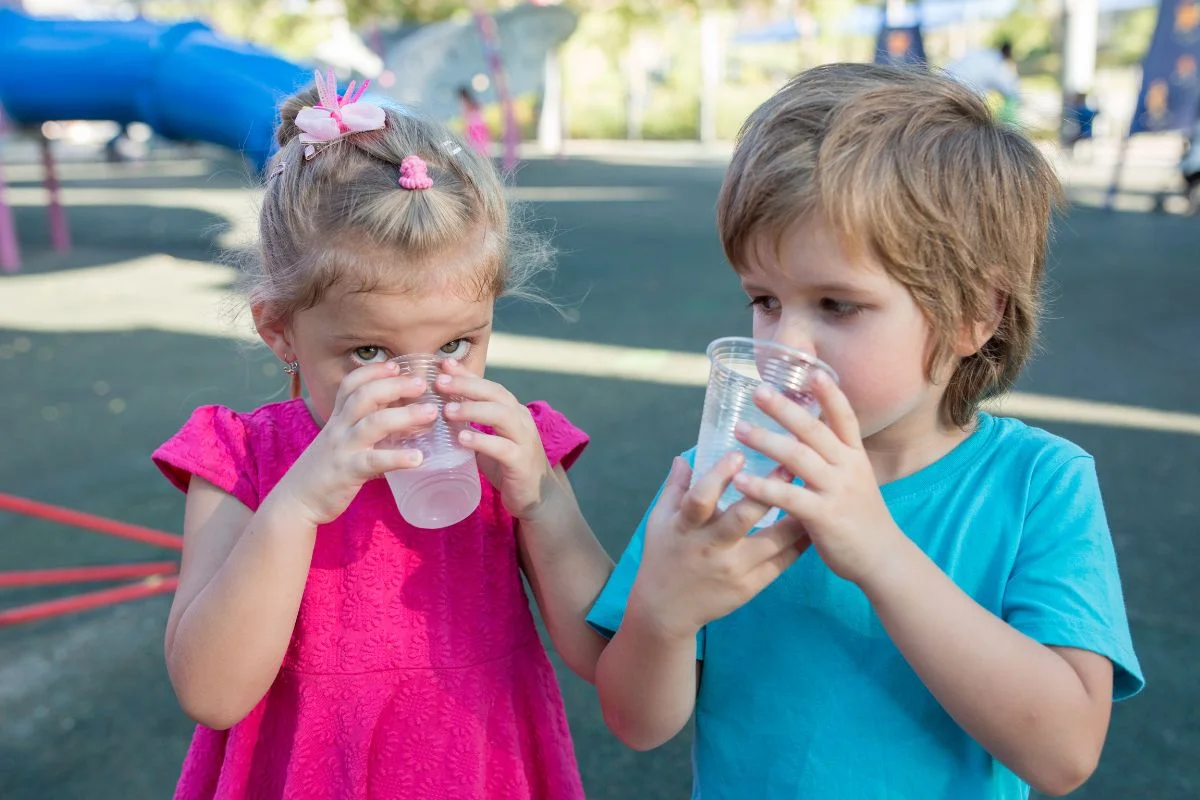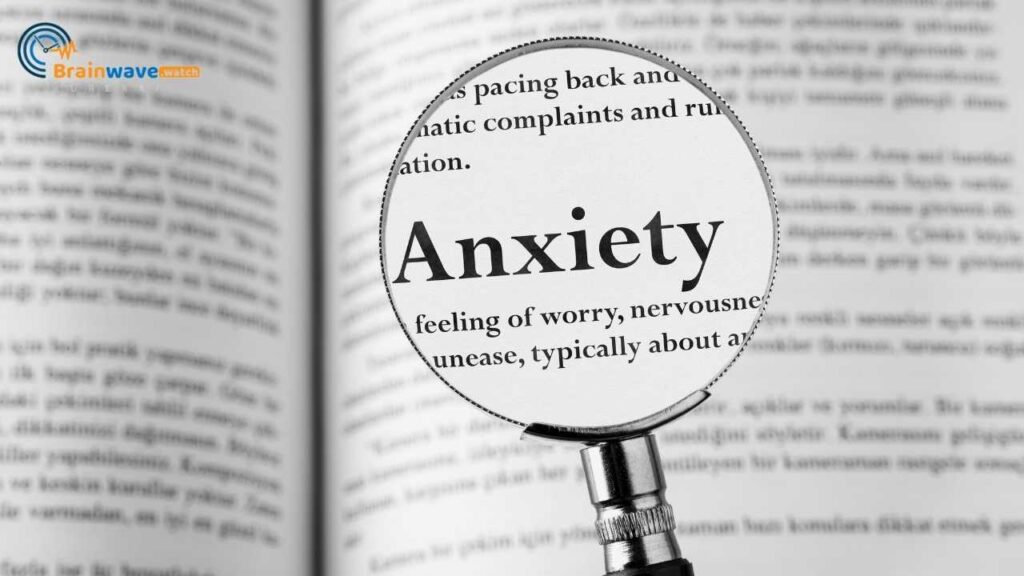When we talk about health and lifestyle, we often overlook a basic human need – drinking water. Water is the life-sustaining fluid that keeps our body functioning at its best. But for children with autism, recognizing and responding to the need to drink can be surprisingly complicated.
Autism presents a unique set of challenges, including sensory issues that can interfere with basic needs and behaviors, like drinking water. This article aims to shed light on the complex relationship between autism and hydration. We will explore the various factors that can disrupt water intake, as well as offer practical tips and strategies to ensure proper hydration.
We understand that staying hydrated is integral to overall health and development. Thus, by addressing these challenges, we aim to support the well-being of autistic individuals and their caregivers. Let’s dive in to understand this vital link.
The link between Autism and Hydration
Studies indicate that up to 30% of children with autism have restricted water intake. This means they do not drink enough fluids each day to stay properly hydrated.
In one study published in 2015, 25% of autistic children drank 16 ounces or less of total fluids daily. Another larger study in 2018 found that 30% of autistic kids drank less than 75% of their recommended daily fluid intake.
So while restricted water intake does not affect all children on the autism spectrum, it is a relatively common issue faced by a sizable minority. Understanding the prevalence provides important context and highlights the need for greater awareness and support.
Delving into the link between autism and hydration, it becomes apparent that individuals with autism often grapple with recognizing and responding to their body’s thirst signals. This challenge primarily stems from the unique way they process sensory information.
Imagine the sensation of thirst as tap water flowing from a water cooler. In non-autistic children, the body’s sensory system acts as a vigilant monitor, raising the alarm when the water level gets too low. But for autistic kids, this system often sends muddled signals. The water cooler’s tap might be trickling or gushing, but its sensory system doesn’t always relay the correct message about the dehydration status.
This impaired interoception – our ability to perceive our internal body states – can impact various aspects of an autistic person’s life, from their behavior to their development. As such, the insights from multiple experts and personal experiences underscore the complexity of this issue, highlighting that the thirst in autistic people isn’t as simple as needing a water bottle refill.
Possible Causes
Individuals with autism often have restricted water intake for various reasons. Common possible causes include:
- Sensory sensitivities – Many autistic individuals have heightened sensory sensitivities. The taste, smell, or texture of water may be off-putting. The cold temperature of refrigerated water may also deter drinking. Some may only drink warm water. The sound of running water could also cause distress.
- Rigidity/routines – Autistic individuals tend to thrive on routines and sameness. Straying from preferred beverages like juice or milk may disrupt daily habits. Introducing new tastes or sensations takes time and patience.
- Communication difficulties – Those with limited verbal skills may struggle to communicate thirst or preferences. Caregivers should watch for signs like irritability or pointing to cups. Autistics who avoid new foods/drinks may have trouble articulating dislikes or requesting accommodations.
The reasons behind restricted water intake vary but often relate to autism’s core challenges. Understanding individuals’ unique needs is key to encouraging healthy hydration. With compassion and creativity, even little steps can lead to better health.
Identifying the Issue
Parents and caregivers need to be aware of signs that a child on the autism spectrum may not be getting enough water. Dehydration can occur easily in children who restrict fluids, leading to serious health complications if left untreated.
Look for these signs that your child may not be drinking enough:
- Dark or low urine output. Healthy, well-hydrated urine should be pale yellow. Dark yellow or orange urine is a red flag for dehydration. Infrequent wet diapers or trips to the toilet can also indicate inadequate hydration.
- Dry lips and mouth. Lack of saliva and dry, cracked lips are some of the first outward signs of dehydration.
- Lethargy and dizziness. When the body lacks sufficient fluid, blood volume drops and less oxygen reaches the brain. This leads to fatigue, weakness, and dizziness.
- Headaches. One of the classic symptoms of dehydration is persistent headaches. This occurs as the blood vessels in the brain constrict from a lack of fluid.
- Constipation. Children who don’t take in enough fluid will likely experience constipation and hard, dry stools. The digestive system requires adequate water to function properly.
- Poor appetite. Dehydration often leads to a lack of appetite, nausea, or vomiting. The digestive system shuts down since it doesn’t have the fluid it needs.
Pay close attention if your child exhibits multiple symptoms of dehydration. Track their fluid intake, monitor urine output, and take action quickly to increase hydration if needed. Don’t hesitate to consult your pediatrician if you suspect your child is not getting enough fluids.
Practical Tips and Strategies for Proper Hydration
Supporting a child with autism in maintaining proper hydration isn’t always a walk in the park. However, with some creativity and understanding, it’s possible to help them meet their hydration needs.
- Setting Reminders: Parents and caregivers can make use of alarms or visual aids to remind their autistic children to drink water regularly.
- Understanding Sensory Needs: Some individuals on the autism spectrum may prefer drinking from a specific type of container or a certain temperature of water. Recognizing and accommodating these preferences can encourage regular water intake.
- Making Water Appealing: Making the act of drinking water a fun activity can help overcome reluctance. This could include using fun water bottles or adding fruit to water for a pop of flavor.
- Gradual Introduction of New Drinks: Expanding the palate of an autistic child can be a gradual process. Introducing new drinks slowly, perhaps by mixing them with familiar drinks, can help in this transition.
In fostering independence for high-functioning autistic individuals, these tips can be game-changers. The key to success lies in persistently trying different methods, understanding unique sensory needs, and incorporating individual interests and passions.
Encouraging Water Intake
There are many creative ways to encourage increased water intake for autistic children who avoid drinking plain water. It’s important to find techniques that work for your child’s unique needs and preferences.
- Cup Preferences: Let your child choose a cup they find motivating. This could be a color-changing cup, straw cup, 360 cups, or a cup with their favorite character. Having a sense of ownership over their cup can make drinking water from it more rewarding.
- Scheduling: Create a schedule with set times for drinking water throughout the day. Clear expectations and routines work well for many autistic children. You can use a visual schedule paired with a timer or alert.
- Rewards: Offer small rewards like stickers or short sensory breaks when your child meets their water intake goals. This positive reinforcement can motivate them to keep drinking water.
- Visualization: Have your child think of drinking water as a superpower that makes them strong, energetic, and healthy. Or have them imagine the water feels cold and refreshing. Visualization activates the brain’s reward centers.
- Lead by Example: Children are more likely to drink water when they see parents and siblings enjoying it regularly. Make a point to drink water visually in front of your child.
- Add Some Flavor: Try infusing the water with sliced fruit, cucumber, or mint, or make tasty ice cubes using 100% fruit juice. This can help transition to plain water.
- Make it Fun: Add some novelty like crazy straws, Frozen or Moana-themed cups, glow-in-the-dark ice cubes, or floating fruit slices. Use their special interests to get them excited about drinking water.
Working with Professionals
Many children with autism who restrict their water intake can benefit from the help of professionals like doctors, therapists, and teachers. Here are some tips for working with professionals to encourage healthy water consumption:
- Inform your child’s doctor if you notice they are not drinking enough water. The doctor can check for signs of dehydration and may have suggestions for motivating your child to drink. They can also rule out any underlying medical issues.
- Occupational therapists can help create a sensory-friendly water routine, and introduce cups or straws if needed. They often have creative ideas for making drinking water a preferred activity.
- Enlist your child’s speech therapist to incorporate water drinking into therapy sessions. They can demonstrate swallowing and model how to take sips. This normalizes water intake through repetition.
- Talk to your child’s teachers and school staff. They can prompt and remind your child to drink water throughout the school day. Allow your child to bring a preferred water bottle or cup to school.
- Request an IEP meeting if your child’s restricted water intake interferes with their ability to participate in classroom activities. Get accommodations written into the IEP like extra drink breaks or access to preferred liquids.
- Work collaboratively as a team. Maintain open communication with each professional and share strategies that are and are not working. Consistency between environments is key.
Having a supportive team surrounding your child can make a tremendous difference. By partnering with professionals, you’ll gain valuable insight and help reinforce healthy water drinking habits.
Making Water Fun
Adding some extra interest and appeal to water can encourage children with autism to drink more. Try these fun ways to serve water:
- Add a splash of 100% fruit juice or a few fresh fruit slices like lemon, lime, orange, or berries. The flavor can make plain water more enticing.
- Freeze water in popsicle molds with fresh fruit pieces or 100% juice. Kids can enjoy flavored “ice pops” as a refreshing treat.
- Make fruit-infused water by adding sliced citrus fruits, berries, cucumber, or mint leaves to a pitcher of water. Let it sit in the fridge so the water absorbs the flavors.
- Add lots of ice cubes made from filtered water or fun-shaped ice trays. The clinking of ice can be motivating.
- Use a soda maker to add bubbles to water and turn it into a bubbly seltzer. Fizzy water is exciting.
- Give water in a sports bottle, silly straw, or novelty cup. Anything that makes water more playful and less boring.
- Set up a “water station” with a small pitcher or dispenser and fun cups so kids can independently serve themselves.
Making water attractive and modified can help kids with autism stay hydrated. Focus on finding creative ways to serve water that match your child’s interests.
Transitioning to Plain Water
For children who strongly prefer flavored drinks, transitioning to plain water can be challenging. A gradual fading approach often works best.
Start by determining your child’s favorite flavor, such as fruit punch or lemonade. Slowly reduce the amount of flavor concentrate added over time. For example, start with a full-strength fruit punch and gradually fade to 3/4 strength, 1/2 strength, 1/4 strength, and so on over weeks or months until you reach plain water.
Make the changes slowly so they are not detected. Try varying the water-to-flavor ratio from cup to cup rather than reducing it steadily each day. Go slow with the fading and offer lots of praise and encouragement when your child accepts the weaker flavors.
If your child notices the flavor changes, you can explain that too much flavoring is unhealthy and you are helping them learn to enjoy the natural taste of water. Offer reminders that they are becoming a “big kid” who can drink water like the rest of the family.
With a patient, encouraging approach, most children can learn to accept and even enjoy drinking plain water with time. The health benefits are well worth the effort.
When to Seek Help
Significant dehydration in a child with autism can be dangerous and requires immediate medical attention. Watch for these signs that indicate a need for professional intervention:
- Dry or sticky mouth and tongue
- Sunken eyes
- Lack of tears when crying
- Soft spots on the heads of infants appear sunken
- Lack of frequent urination or very dark yellow urine
- Fatigue, dizziness, confusion
- Rapid heart rate, rapid breathing
- Fever
- Little or no sweating
- Muscle cramps
- Skin lacks elasticity and doesn’t bounce back when pinched into a fold
If your child is showing multiple signs of dehydration, seek emergency care right away. Mild dehydration can often be treated at home by encouraging more fluids, but moderate or severe dehydration requires IV fluids and medical monitoring. Don’t hesitate to call your doctor or take your child to urgent care or the ER if they seem seriously dehydrated. Dehydration can escalate quickly in children, so it’s always better to err on the side of caution and get prompt medical attention when concerned. With rapid treatment, most kids bounce back quickly from dehydration.








